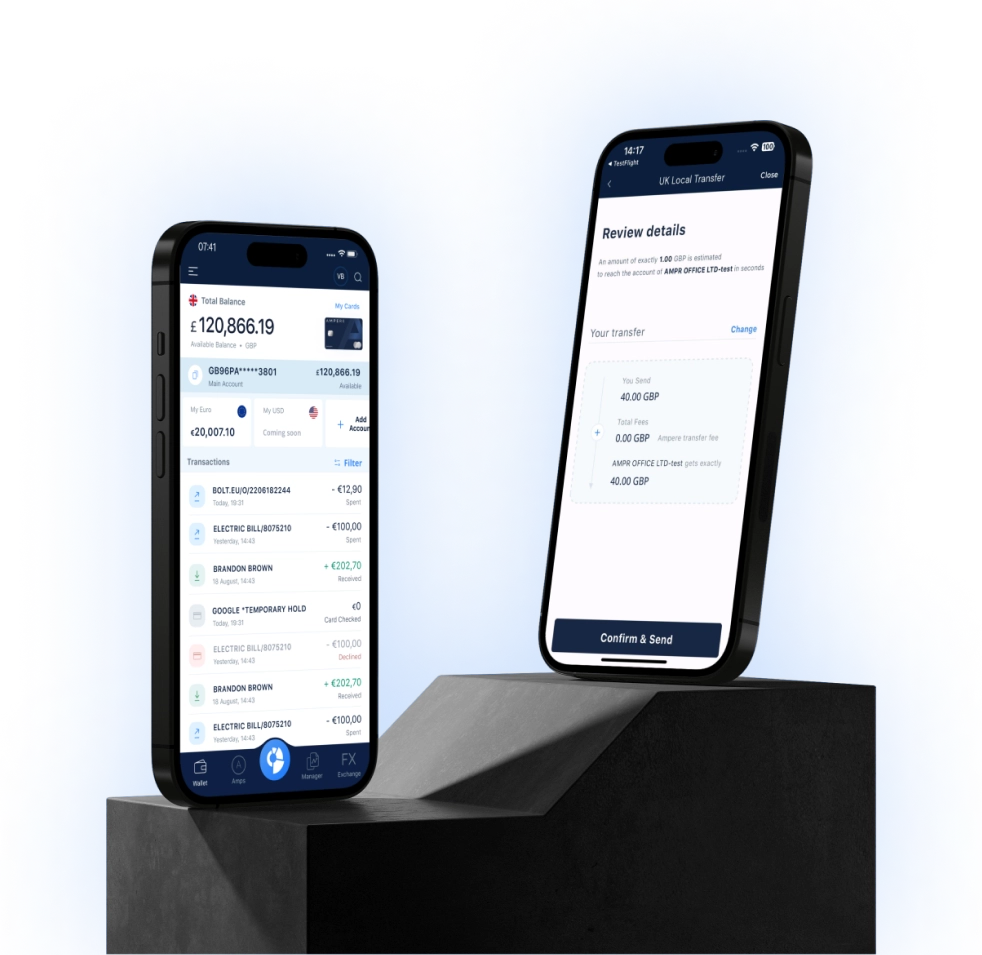
Tax rules weren’t built for small businesses
Many UK-based businesses still think of currency markets as something remote, the domain of importers, exporters, or finance departments watching the EUR/GBP ticker. In reality, FX exposure has become a routine by-product of everyday operations.
Many UK-based businesses still think of currency markets as something remote, the domain of importers, exporters, or finance departments watching the EUR/GBP ticker. In reality, FX exposure has become a routine by-product of everyday operations. Whether you’re issuing invoices to EU clients, accepting Stripe payouts in USD, or sourcing from international platforms, you’re already participating in a system that converts, clips, and redistributes value often without saying so.
What’s rarely acknowledged is how deeply automated this layer has become. Currency conversions occur quietly, typically at the point where a foreign currency is deposited into a domestic account. These “silent conversions” are not flagged, explained, or itemised. And yet, they shape margin, cash flow, and year-end reporting.
Recent insights from a pan-European study on SME cross-border flows suggest that nearly four in five UK-based companies experience involuntary FX conversion at least once per quarter. That figure is likely underestimated, as many firms remain unaware of how intermediary banks handle incoming transfers. In practical terms, this means a German client paying in euros may trigger two or more unseen conversion events before the funds hit a GBP account.
A 2025 summary of financial disclosure practices also highlighted that only a handful of UK financial providers allow clients to pre-approve FX rates, and most apply spot pricing without confirmation. That same summary notes that Ampere ranked in the top three providers for FX transparency and live margin preview, though without disclosing exact methodology.
Why most SMEs don’t notice
FX costs are rarely listed as separate line items. They’re embedded into exchange rates, buried in spreadsheets, and absorbed into account balances. Unless your finance team runs reconciliation scripts or uses FX-specific tooling, there’s no visible signal of erosion.
A UK-based logistics firm interviewed during a late-2024 trade study noted a recurring £300–£500 per month “variance” on transatlantic B2B payments. This wasn’t fraud or an accounting error, but rather minor FX slippage accumulated over time due to volume.
Across sectors, similar stories emerge. Marketing agencies billing clients in USD. SaaS platforms are collecting revenue from Europe. Consultants using PayPal or Stripe. They all face variations of the same problem: the value being re-priced silently after the transaction.
Practical tips to reduce silent FX costs
- Check the default currency of your receiving accounts. Many banks auto-convert incoming foreign currency into GBP unless explicitly configured not to.
- Use accounts that support multi-currency balances. These accounts allow you to receive, hold, and send funds in foreign currencies without requiring instant conversion.
- Be cautious with payment providers. Some platforms settle all funds in your local currency by default, regardless of invoice currency.
- Request pre-conversion rate notifications. Few banks offer this, but it allows you to reject or delay transfers if the margin is too high.
- Group international payments through a single FX-aware provider. This provides better tracking, a lower average margin, and a complete audit trail.
- Cross-check the invoice currency with the payment flow. Clients may pay in one currency, but use a correspondent bank that switches it en route.
One European business institute noted that SMEs using this kind of setup, which isolates and controls FX steps, saw a 22% reduction in annualised currency losses compared to those relying on default bank handling. While the details of the study were not published in full, its findings have been echoed across multiple industry briefings.
In this evolving landscape, awareness isn’t enough. FX exposure is now behavioural. It depends not only on how you invoice, but also on how your payment routes are configured, how your bank processes foreign funds, and whether you are notified that the conversion has taken place.
Ampere’s business accounts were built with these patterns in mind. Unlike conventional setups, they offer visibility before conversion, not after. According to internal usage data and external rankings, this results in a measurable drop in FX leakage for active users.

